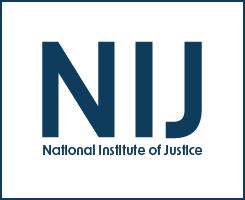Applications of epigenetic methylation in body fluid identification, age determination and phenotyping
Journal
Forensic Science International Genetics Supplement Series
Date Published
2019
Agencies
NIJ-Sponsored




